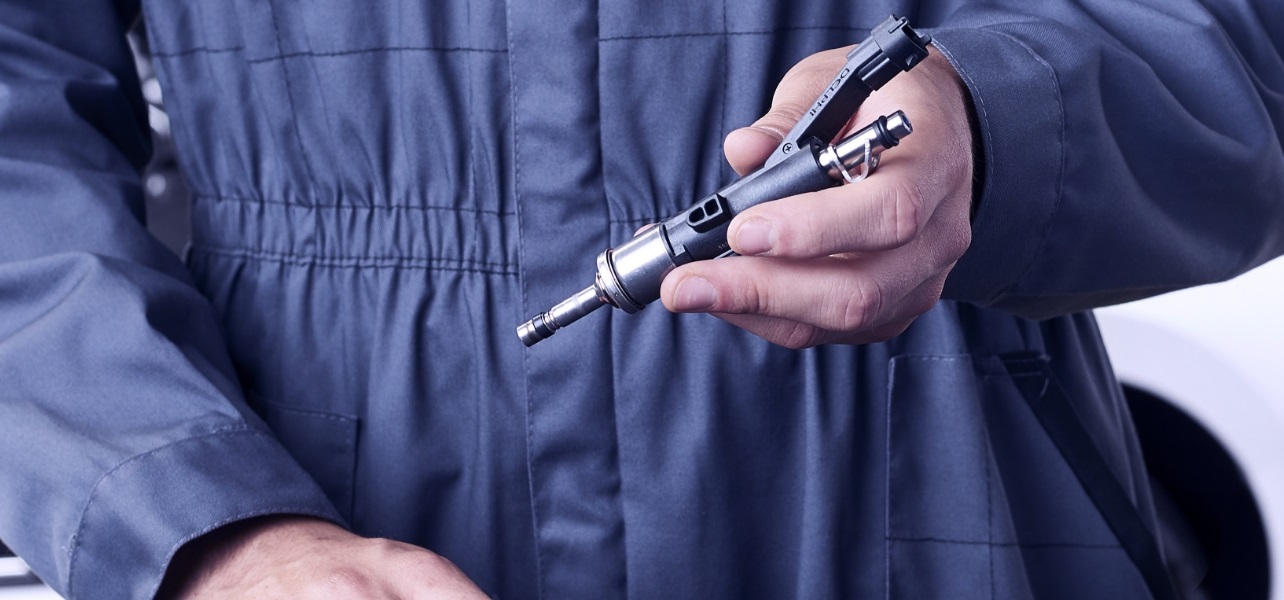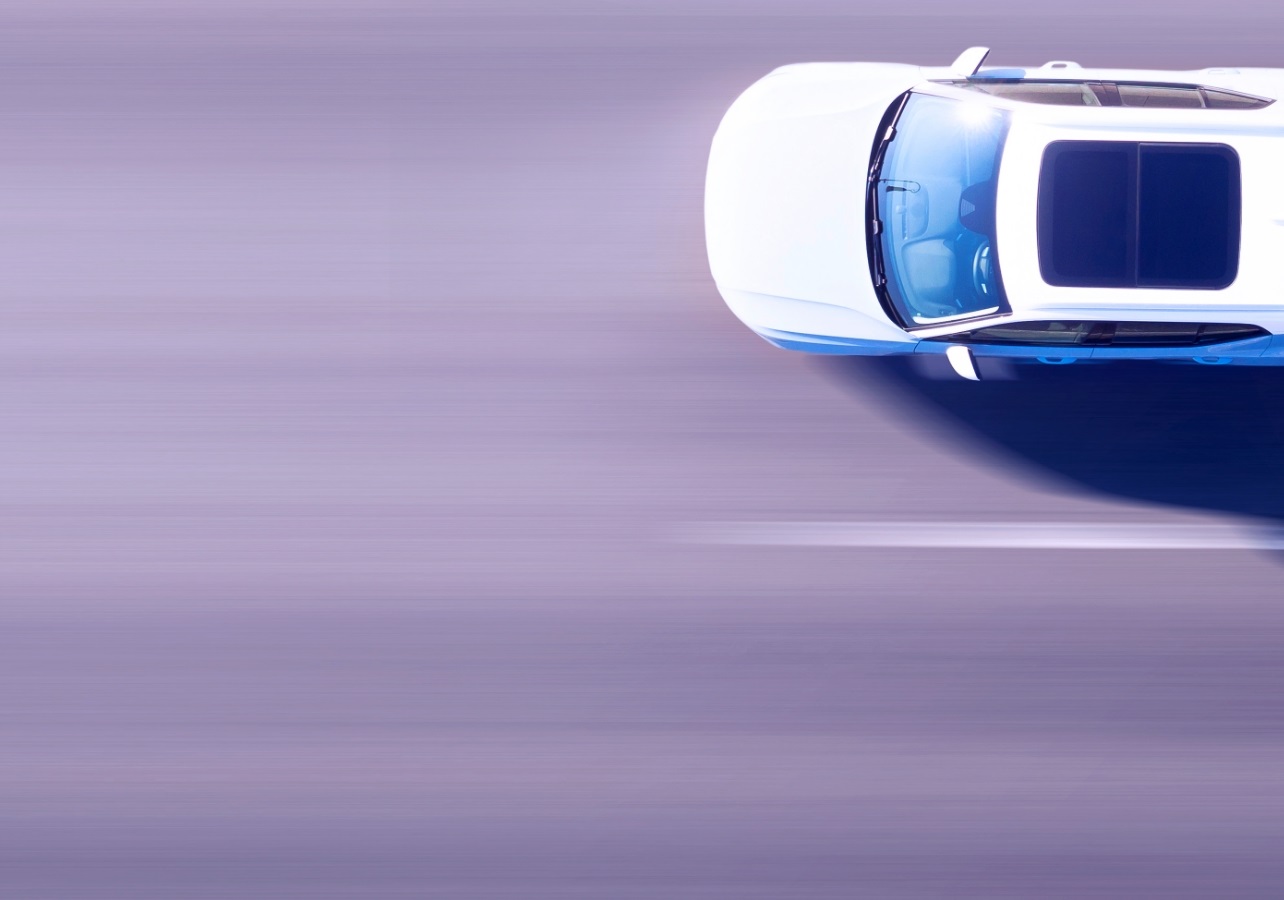Resource Highlights
In this article, we provide a breakdown of what meant by Suspension by taking a closer look at Non-independent suspension, MacPherson Strut Suspension, Double Wishbones Suspension, Torsion Beam Suspension and more.
.tmb-1280w.jpg?Culture=en-GB&sfvrsn=5978f089_5)
What is suspension? | Suspension is the term given to the system of springs, shock absorbers and linkages that connects a vehicle to its wheels and allows relative motion between the two. Suspension systems serve a dual purpose — contributing to the vehicle's handling and braking for good active safety and driving pleasure, and keeping vehicle occupants comfortable and reasonably well isolated from road noise, bumps, and vibrations. It is important for the suspension to keep the road wheel in contact with the road surface as much as possible, because all the forces acting on the vehicle do so through the contact patches of the tires. The suspension also helps protect the vehicle itself and any cargo or luggage from damage and wear. The design of front and rear suspension of a car may be different. Below is a description of the most popular types of suspension. |
Non-independent suspension | Basically, non-independent suspension is a rigid axle fixed between left and right wheels. The car body is suspended by leaf springs or coil springs on the axle / wheels unit. The wheels are not independent. When one wheel rides on a hump, the shock will be transferred to another wheel. Both wheels will be cambered, thus non-neutral steering is inevitable. Today this is not very popular for passenger cars due to questionable performance. This type of suspension is used mainly on rear axle vehicles. |
MacPherson Strut Suspension | The MacPherson strut suspension was invented in the 1940s by Earl S. MacPherson. It’s one of the dominating suspensions systems of the world today because of its compactness and low cost. Unlike other suspension designs, in MacPherson strut suspension, the telescopic shock absorber also serves as a link to control the position of the wheel. Therefore it saves the upper control arm. Since the strut is vertically positioned, the whole suspension is very compact. To front-wheel drive cars, whose engine and transmission are all located inside the front compartment, they need front suspensions which engage very little width of the car. The MacPherson strut suspension has challenges, as the body roll and wheel movement can lead to variation in camber. Its relatively high overall height requires a higher hood and fender line, which is not desirable to sports car styling. MacPherson strut can be adopted in both front and rear wheels. |
Double Wishbones Suspension | Double wishbones suspension can be used in front and rear wheels, and as it is independent of one another, it has near perfect camber control. For 40 years and even today, this is the first choice for racing cars, sports cars and luxury sedans. Double wishbones suspension maintains the wheel perpendicular to the road surface, irrespective of the wheel's movement. This helps ensure good handling. Traditional double wishbones suspension consists of two parallel wishbone arms of equal length, which can cause excessive tire scrubbing because of the large variation in track width as the wheel moves off the neutral position. Therefore engineers developed unequal length, non-parallel A-arms to solve this. By tilting the upper A-arm, anti-dive function is also achieved. Double wishbones suspension has been very popular in American cars. European cars are smaller, however, and thus cannot accommodate this relatively space-engaging suspension. Double wishbone suspension is traditionally more expensive than the MacPherson strut and torsion beam because it involves more components and more suspension pick up points in the car body. Very few small cars adopt it, but today due to double wishbone performance, many European compact and D class cars are equipped with this system in front and rear suspension. |
Torsion Beam Suspension | Most modern mini-cars up to C-segment employ torsion beam as the rear suspension. Compared to double wishbones, multi-link and trailing arm suspensions, it engages little width of the car, thus enabling greater rear seat room. It is cheaper too. Compared to the MacPherson strut, its shock absorber is shorter and can be inclined steeply away from the vertical, thus taking up less trunk space. The torsion beam suspension is only half-independent - there is a torsion beam connecting both wheels together, which allows limited degree of freedom when forced. For some less demanding compact cars, this saves the anti-roll bars. It does not provide, however, the same level of ride and handling as double wishbones or multi-link suspensions. Most of Europe's best handling GTIs employed this suspension. |
Multi-link Rear Suspension | Since the late 80s, multi-link rear suspension is increasingly used in modern sedans and coupes. It is difficult to describe its construction because it is not strictly defined. In theory, any independent suspensions having three control arms or more are multi-link. Different designs may have very different geometry and characteristics. It is a relatively space-engaging system, but offers very good handling. Some multi-link models are essentially a double wishbones suspension added with the fifth control arm. It looks like the double wishbone design, but eliminates torque steer. Most sports cars and all the best racing cars still use double wishbones. |
Trailing and Semi-trailing Arm Suspension | Trailing arm and semi-trailing arm suspensions are rather old. This style was commonly used in nearly all mid-price to high-price sedans before multi-link rear suspension became popular in the 1990s. Pure trailing arm has become obsolete as vehicle manufacturers adopted semi-trailing arm. Semi-trailing has a disadvantage that when the wheel moves up and down, camber angle changes, unlike double wishbones suspension. Semi-trailing arm or pure trailing arm suspensions are rigidly attached to the wheels, where more shock and noise could be transferred to the car body, especially under hard cornering or running on bumpy roads. Moreover, a lot of unsprung weight of the trailing arm leads to a decrease in ride quality. Therefore most modern sedans replace it with multi-link or double wishbones suspension. Trailing arm and semi-trailing arms are disappearing from the industry. |
Sub-frame Mounting | Reduction of NVH (Noise, Vibration and Harshness) is a very important issue for modern cars. Conventional suspensions are mounted directly to the chassis (though via rubber bushing), so that NVH can be easily transmitted to the cabin. One popular solution is to mount the suspension onto a sub-frame (still via bushing), which is usually made of aluminum alloy or is produced by hydroforming to minimize the addition of weight. The sub-frame itself can absorb some of the NVH. It is in turn mounted to the body by more bushings, thus reducing NVH further. Today, sub-frame mounting is no longer exclusive for high-price cars. The latest European cars have sub-frame mounting too. |
SIGN UP TO FIND MORE
Fill up your details to hear more from our experts and get the latest updates from Delphi.



